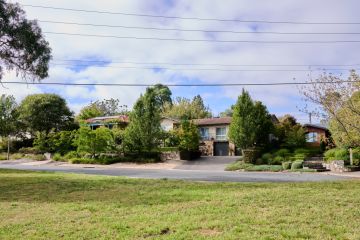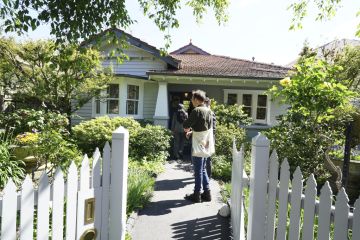Housing affordability has declined in the ACT, new report reveals
The ACT was the only state or territory to record a decline in housing affordability over the June quarter, a new report has revealed.
The Real Estate Institute of Australia and Adelaide Bank’s Housing Affordability Report for the June quarter showed that the ACT remains the most affordable jurisdiction in which to buy or rent a home, relative to the median weekly household income.
However, the proportion of income required to meet home loan repayments increased marginally by 0.1 percentage points to 19.4 per cent.
Allhomes data analyst Nicola Powell said recent interest rate cuts have been offset by strong price growth for detached homes.
“Buyers could be borrowing more to afford these homes, so their loan repayments make up a larger percentage of their income,” Dr Powell said.
“When interest rates are historically low, it’s a driving factor for people to borrow more. But it’s important to remember that while interest rates can fall, they will eventually rise.”
While all other states and territories showed an improvement in housing affordability, the ACT’s result still compared favourably to the national median of 29.4 per cent.
Residents of Australia’s two most populous states, NSW and Victoria, spent 35.4 and 31 per cent of their income on loan repayments, propping up the national figure.
Affordability levels in the ACT are buoyed by the highest median weekly family income in the country.
In the second quarter of 2016, ACT’s median weekly household income was $2586, which is $927 more than the national median of $1659.
However, according to ACT Shelter, housing affordability remains a challenge for those on low to moderate incomes.
The territory was also the only jurisdiction to record a decline in rental affordability. At 17.8 per cent, the proportion of income required to meet the median rent increased by 0.4 percentage points over the quarter and 0.9 percentage points compared to the June 2015 quarter.
Dr Powell said a decline in rental affordability would make it more difficult for first home buyers to save up for their initial deposit.
“The trouble with first home buyers is not necessarily the ability to afford monthly repayments, it’s saving up for that lump sum,” she said.
During the second quarter of 2016, first home buyers made up 16 per cent of Canberra’s owner-occupier market and the average first home buyer loan was $331,667 – an increase on last June quarter’s $309,200.
We recommend
We thought you might like
States
Capital Cities
Capital Cities - Rentals
Popular Areas
Allhomes
More







